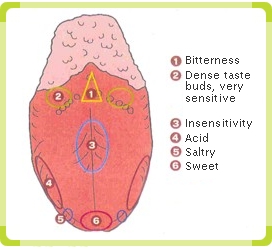More than 1000 wines at you disposal in a secure online store
- Wines
- Supplements
- Buy
This is your área at LusaWines, if your not a LusaWines costumer register now
LusaWines unveils wine, with all it’s charms
- The journey of wine
- LusaWines multimedia
Be aware of what is happening in the world of wine and more ...
- LusaWines
Wine flavour
Those who enjoy wine are not limited to judge whether it is good or bad, instead they look to evaluate what it distinguishes, through the appearance, smell and taste.

Many people are able to empty a glass of wine without stopping a moment to savour. Result: little or nothing is known about the qualities of that wine and therefore also the pleasure felt will be diminished. Truth is that that wine can transmit an endless range of flavours, but these shall only be recognized by those who look for them and give them time to show themselves.
Once one speaks of wine flavours and mouth comes to mind, which is where the taste buds are, essentially concentrated in the tongue. However, the taste buds just give us the basic tastes and non-volatile: sweet, salty, sour and bitter. There are other flavours that we can only recognize as aromas through the olfactory system. Truthfully, much of what we describe as "taste" is, after all, "smell", because the nose and mouth are sensory organs that are complementary (its not by chance that when we have a cold, food loses its "flavour"...).
This time we will examine the flavour in detail. Taste buds are located in the mouth, primarily in the tongue, and although all the flavours detected primary focus on specialized blocks: the tip of the tongue are especially sensitive to sweet, just after the sweets are the buds that sense salt, from the side, are the acid and, in the back, are those of the bitter. In the center of the tongue is an area largely neutral, according to a traditional map without much scientific rigor, but very useful for beginners.
The only important thing is that the palate can detect sweetness, bitterness, fruity astringency, roughness, softness, weight or body, balance and harmony of the elements of a wine. And that the knowledge of the areas where are located the main concentration of taste buds helps the brain to interpret the different flavours and facilitates the understanding of various aspects of wine: sweetness, sourness, bitterness, balance, etc..
Wine tasters identify flavours in three phases or stages: the "attack", only to discover whether the wine is nice and aggressive; the "middle palate" when all taste buds had contact with the wine and the "final", after swallowing the wine, whether it was some flavour left and for how long.
Bad wine, at best, do not leave an unpleasant taste, good wines leave a pleasant taste and long in time, this period of time is longer the better the wine is.







